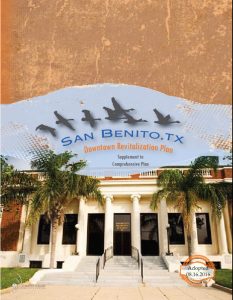Over the last three to four decades, to slow the pace of outward suburban sprawl, cities of all sizes have begun to re-orient capital investments into redeveloping and reinventing their downtown areas. Indeed, the once dirty, poor, unhealthy, crime-ridden, expensive, and environmentally unfriendly urban cores are now becoming healthy and walkable, green and thriving, family-oriented places.
KKC’s downtown plans provide economic, organizational, and physical strategies for managing, renovating, and revitalizing downtown districts. Through analysis, KKC considers the main factors that will shape the future of a Downtown, including the functional roles and development character of different segments of downtown; means of pedestrian, passenger, and truck access to and circulation through the area; opportunities for redevelopment; improvements to the public realm; and the often mentioned need for and provision of civic open space. KKC develops a conceptual framework for Downtown Revitalization efforts and works to understand how downtowns fit into the broader context of the community and region.
KKC’s Downtown Planning practice includes the following services:
- National Main Street Program organizational development
- Assessment of competitive centers and patterns of travel to shopping
- Vehicular and pedestrian circulation analysis
- Parking location and convenience
- Public facilities and civic presence and associated trip generation and street activity
- Amenities and visual appeal (façade renovations, streetscape improvements, gateways)
- Security and public safety (CPTED)
- Opportunities for land assembly and disposition
- downtown business surveys
- identification of opportunity sites for catalyst development/redevelopment projects
- employment of useful revitalization tools, including historic district / certified local government status, tax credits, tax increment financing (TIF), public improvement districts (PIDs), and financing for affordable housing.






